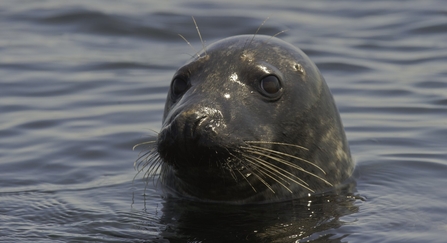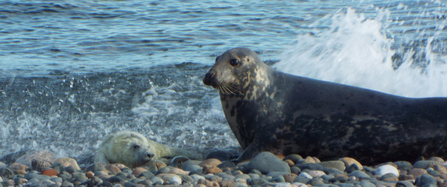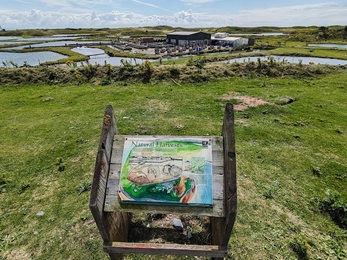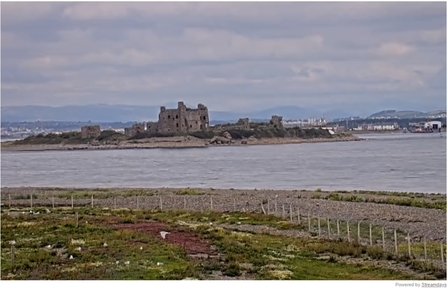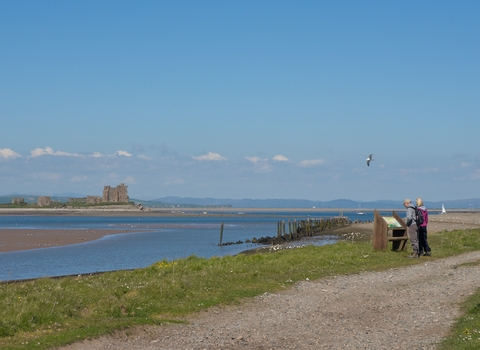It’s a good thing grey seals can’t understand Latin, as they wouldn’t be best pleased about their title of Halichoerus grypus, or ‘hook-nosed sea pig’.
Though uncharitably named, the longer, sloping head of the grey seal provides a key way of distinguishing it from the smaller, rounder-faced common seal.
Both species of seal can be seen at South Walney Nature Reserve, but this site provides a particularly important home to the only grey seal colony in Cumbria. There’s only one way to get there, following a single track road to the end of the windswept Walney Island.
I arrived by bike from Barrow train station - the ride is a flat one, but be warned, there’s usually a stiff headwind on the way back!


